Familiarity with Treatment
Artisan and Artiflex lenses are types of phakic intraocular lenses (PIOLs) used to correct moderate to high myopia. These lenses are implanted in the eye, providing an alternative to glasses or contact lenses. The Artisan lens is rigid, while the Artiflex lens is foldable, allowing for a smaller incision during surgery.
Procedure Explanation
- Preparation: The eye is numbed with local anesthesia.
- Incision: A small incision is made in the cornea.
- Lens Insertion: The Artisan lens is inserted through a 6.2-mm incision, while the Artiflex lens is inserted through a 3.2-mm incision.
- Fixation: The lens is fixated to the iris tissue.
- Completion: The incision is closed, and the eye is monitored for any immediate complications.
Who is it Suitable For?
- Patients with moderate to high myopia (typically -6.00D to -20.00D).
- Individuals who are not suitable candidates for laser refractive surgery.
- Patients with a stable refractive error.
Who is it Not Suitable For?
- Patients with an anterior chamber depth less than 3.5 mm for myopia.
- Individuals with endothelial cell counts less than 2,500 cells/mm².
- Those with glaucoma, diabetes, or previous ocular surgery.
- Patients over 40 years old.
Advantages
- High precision and predictability in correcting myopia.
- Preservation of corneal tissue compared to laser surgery.
- Reversible procedure, as the lens can be removed if necessary.
- Quick recovery time with minimal discomfort.
Complications
- Infection or inflammation.
- Increased intraocular pressure.
- Dislocation or rotation of the lens.
- Glare or halos around lights.
- Potential for endothelial cell loss over time.
Previous Care
- Comprehensive eye examination to determine suitability.
- Discontinuation of contact lenses prior to surgery.
- Detailed discussion of potential risks and benefits with the ophthalmologist.
Aftercare
- Use of prescribed antibiotic and anti-inflammatory eye drops.
- Avoid rubbing the eyes.
- Regular follow-up visits to monitor healing.
- Temporary use of protective eyewear.
Stay at Hospital?
- This is typically an outpatient procedure, so an overnight stay at the hospital is not required. Patients can usually go home the same day after a brief observation period.
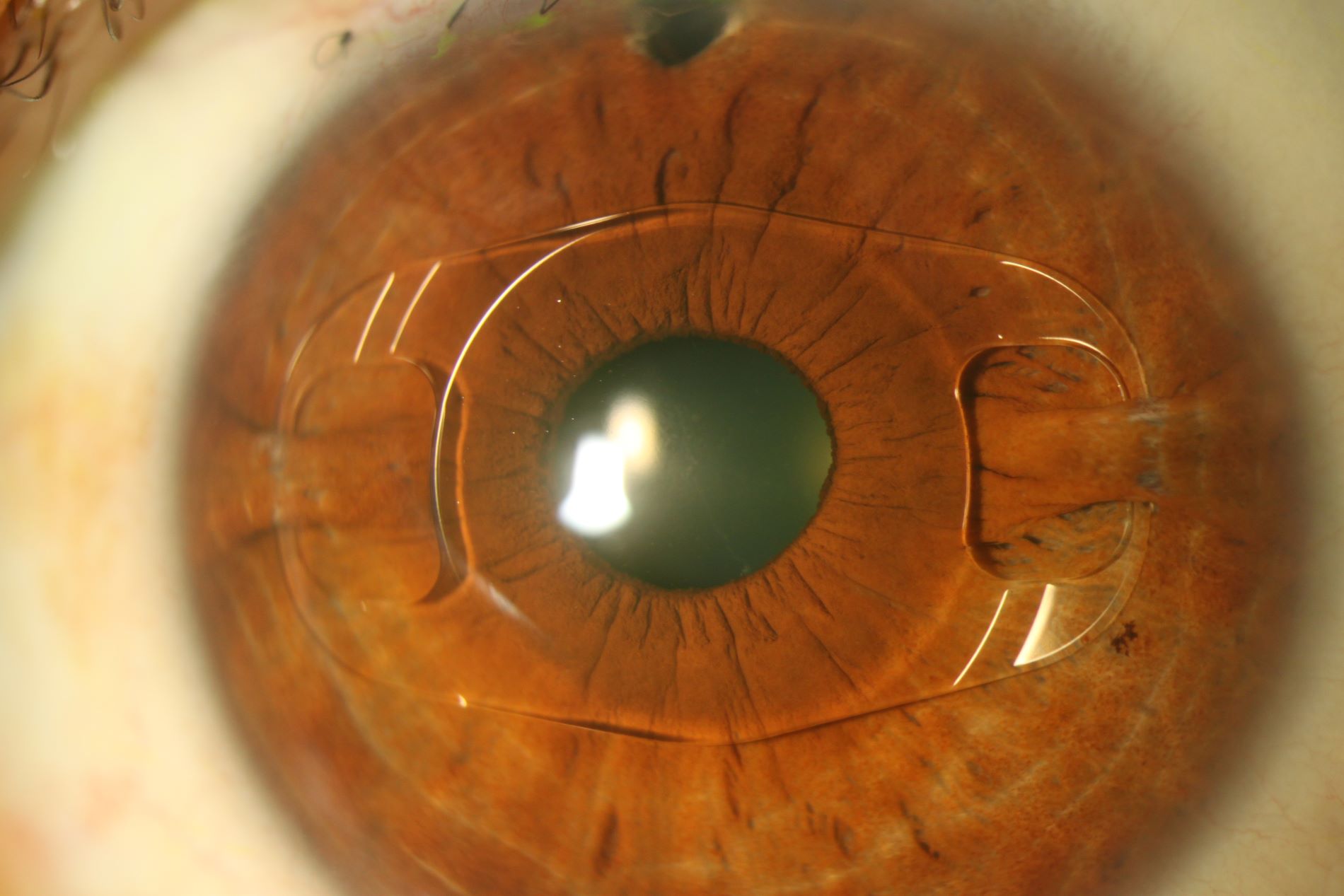
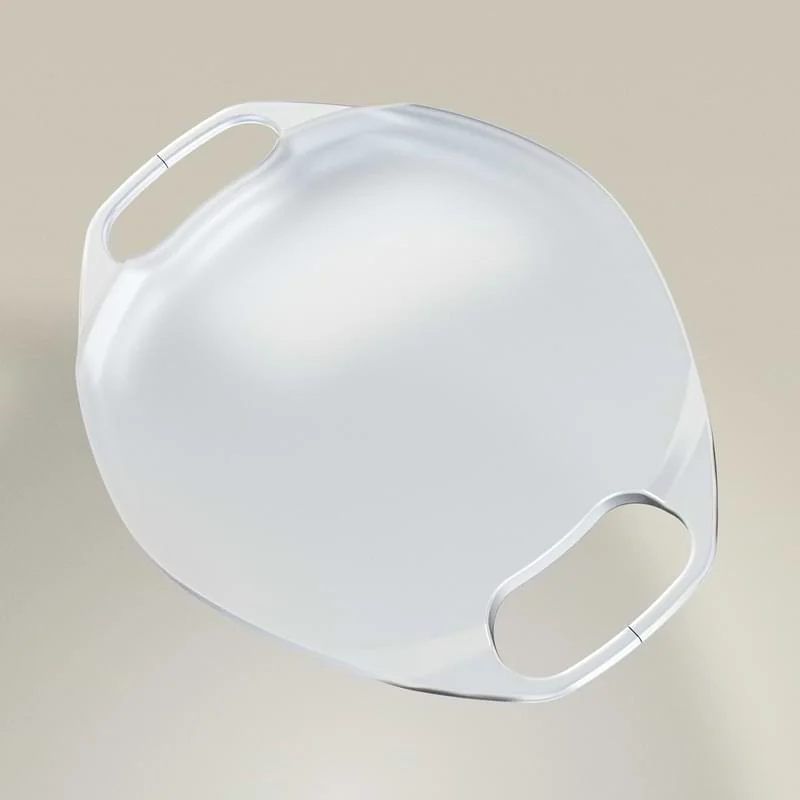
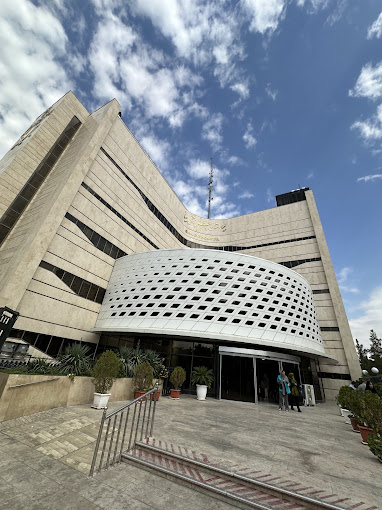

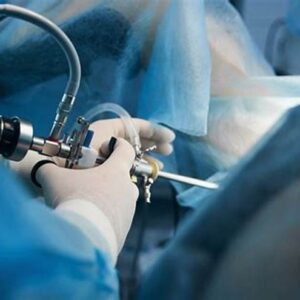
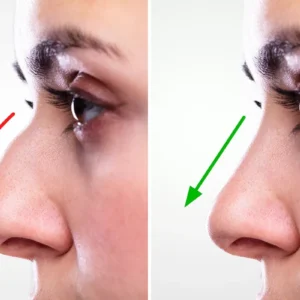
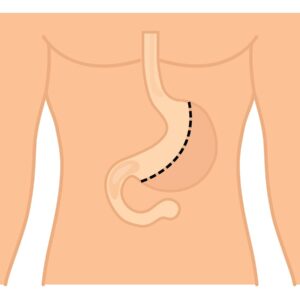
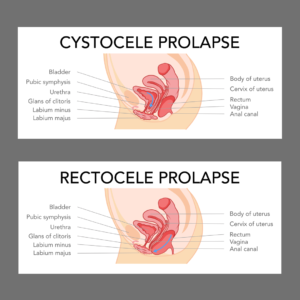
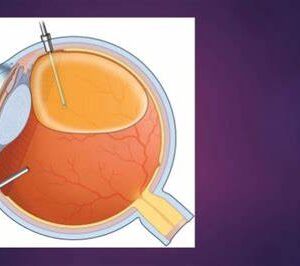
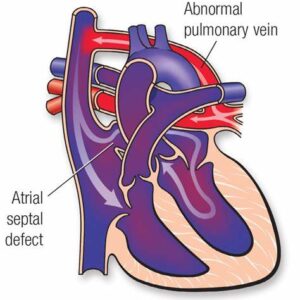
Reviews
There are no reviews yet.